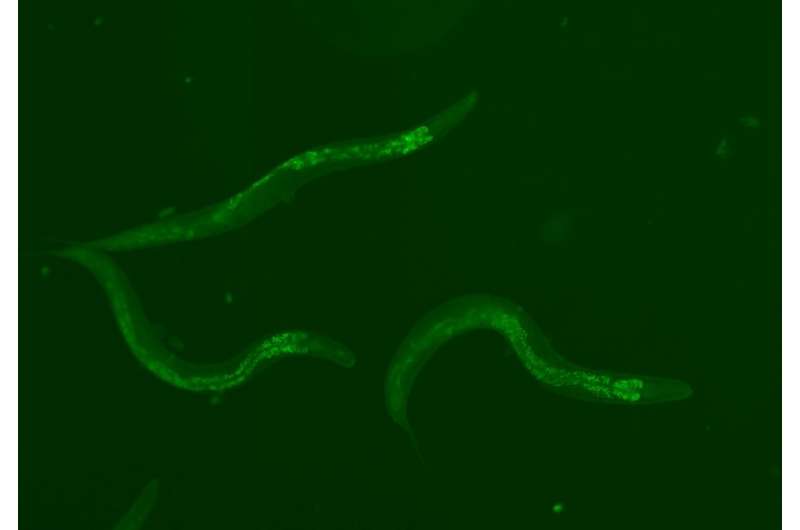This article has been reviewed according to Science X's editorial process and policies. Editors have highlighted the following attributes while ensuring the content's credibility:
fact-checked
peer-reviewed publication
trusted source
proofread
Transposable elements study reveals potential methods to stop aging

Researchers Dr. Ádám Sturm and Dr. Tibor Vellai from Eötvös Loránd University, Hungary have made an exciting breakthrough in understanding how we age. They focused on "transposable elements" (TEs), which are parts of DNA that can move around in our genetic code. When these TEs move too much, they destabilize the genetic code and that can be the reason of aging.
The scientists have identified a specific process, called the Piwi-piRNA pathway, that helps control these TEs. They've seen this pathway at work in certain cells that don't age, like cancer stem cells, and notably, the enigmatic Turritopsis dohrnii, commonly known as the "immortal jellyfish." By strengthening this pathway in a worm called Caenorhabditis elegans, the worm lived significantly longer.
In previous articles entitled "The mechanism of aging: primary role of transposable elements in genome disintegration" (2015) and "The Piwi-piRNA pathway: road to immortality" (2017), Dr. Sturm and Dr. Vellai theorized the profound relationship between the Piwi-piRNA system and intriguing concept of biological immortality.
Now, in their latest publication in Nature Communications they've provided experimental proof. Their research showed that controlling the activity of TEs can indeed extend lifespan, indicating these mobile DNA elements play a crucial role in the aging process.
In more technical terms, the researchers used techniques to "downregulate" or quiet down the activity of TEs. When they did this to specific TEs in worms, the worms showed signs of aging slower. Even more, when multiple TEs were controlled simultaneously, the lifespan-extending effects added up.

"In our lifespan assays, by merely downregulating TEs or somatically overexpressing the Piwi-piRNA pathway elements, we observed a statistically significant lifespan advantage," Dr. Sturm explained. "This opens the door to a myriad of potential applications in the world of medicine and biology."
Additionally, the team found epigenetic changes in the DNA of these worms as they aged, specifically in the TEs. These changes, known as DNA N6-adenine methylation, was observed to increase TE transcription an jumping as the animal aged.
Dr. Vellai emphasized the potential implications of this discovery: "This epigenetic modification may pave the way for a method to determine age from DNA, providing an accurate biological clock."
In conclusion, by better understanding these mobile DNA elements and the pathways that control them, scientists might be on track to developing ways to extend life and improve health in our later years.
More information: Ádám Sturm et al, Downregulation of transposable elements extends lifespan in Caenorhabditis elegans, Nature Communications (2023). DOI: 10.1038/s41467-023-40957-9
Journal information: Nature Communications
Provided by Eötvös Loránd University





















